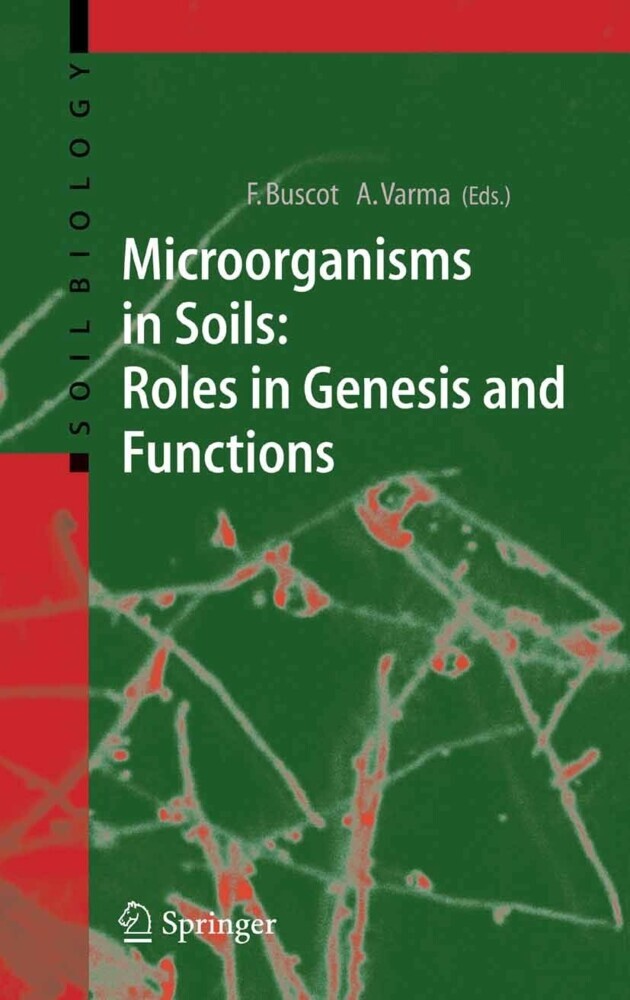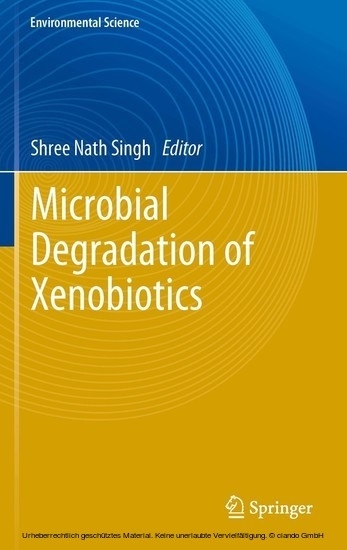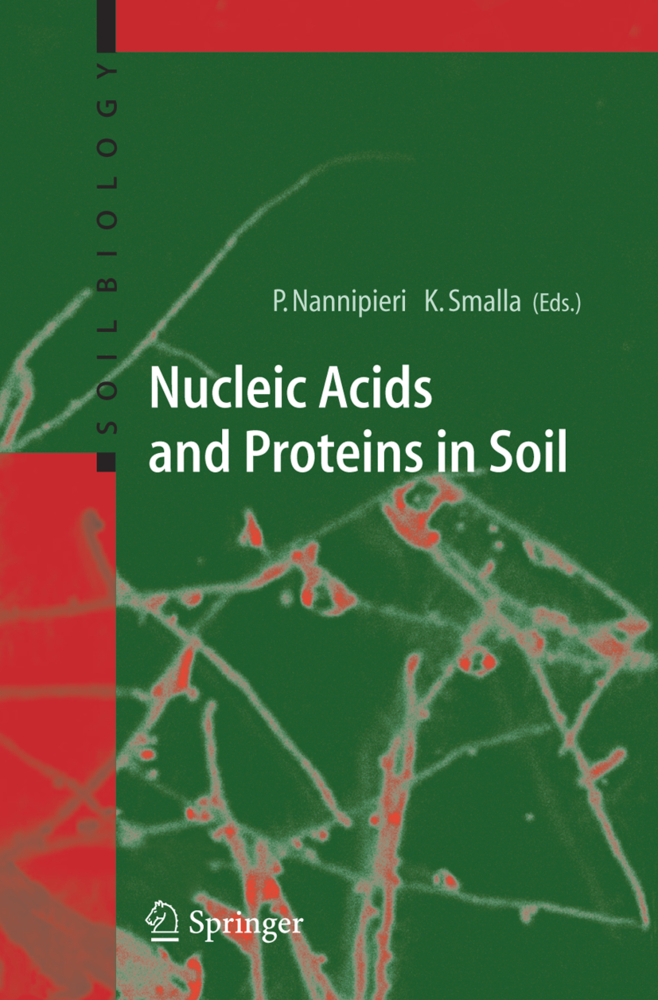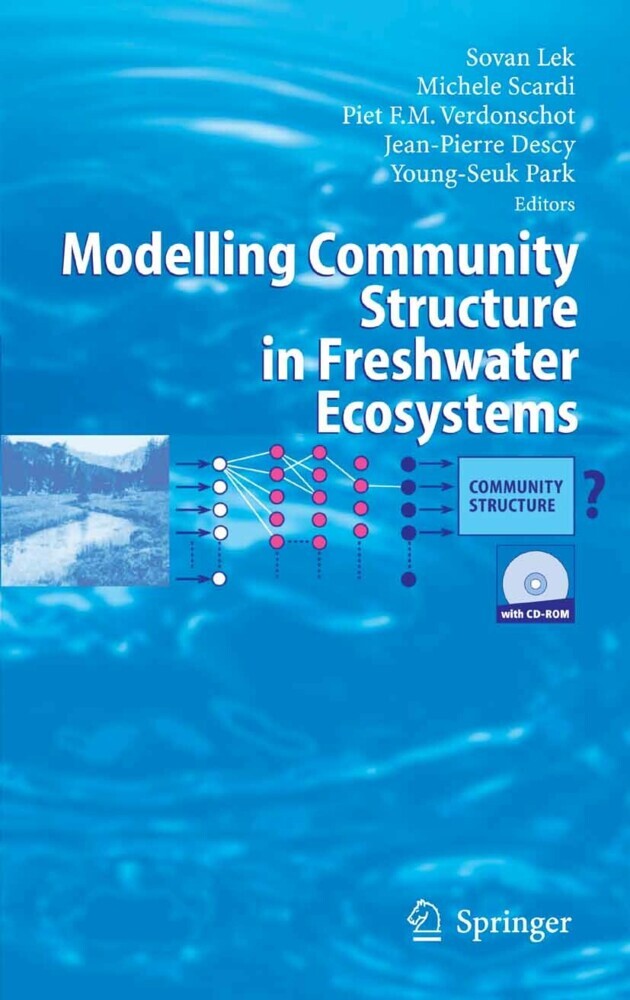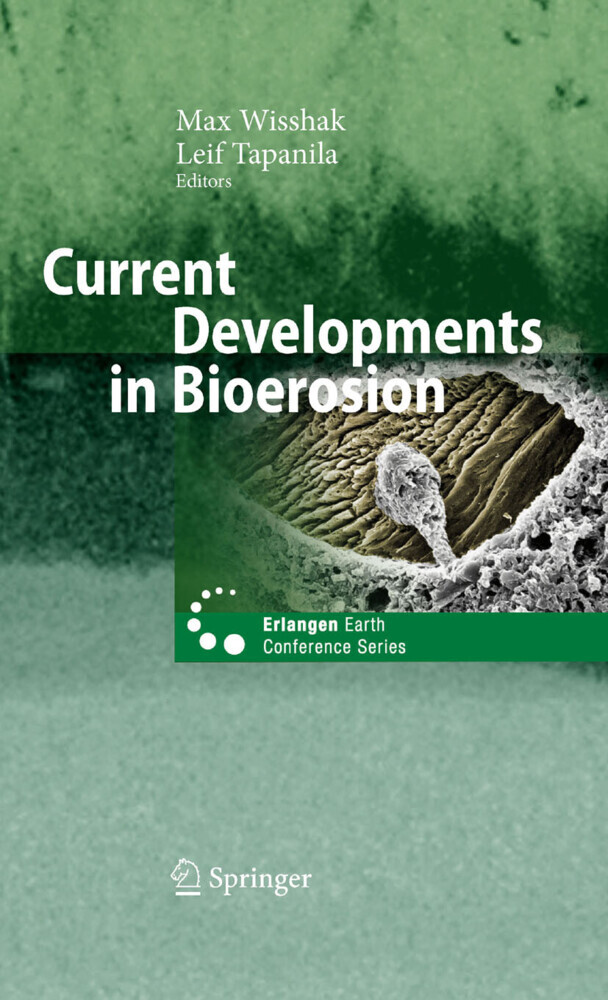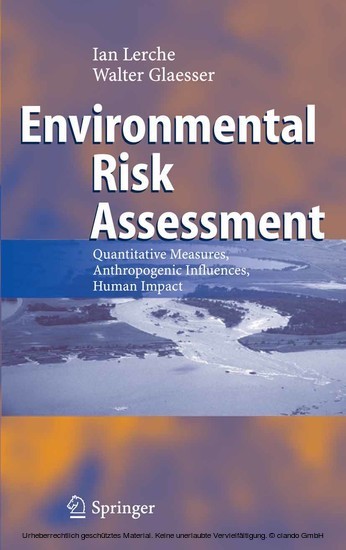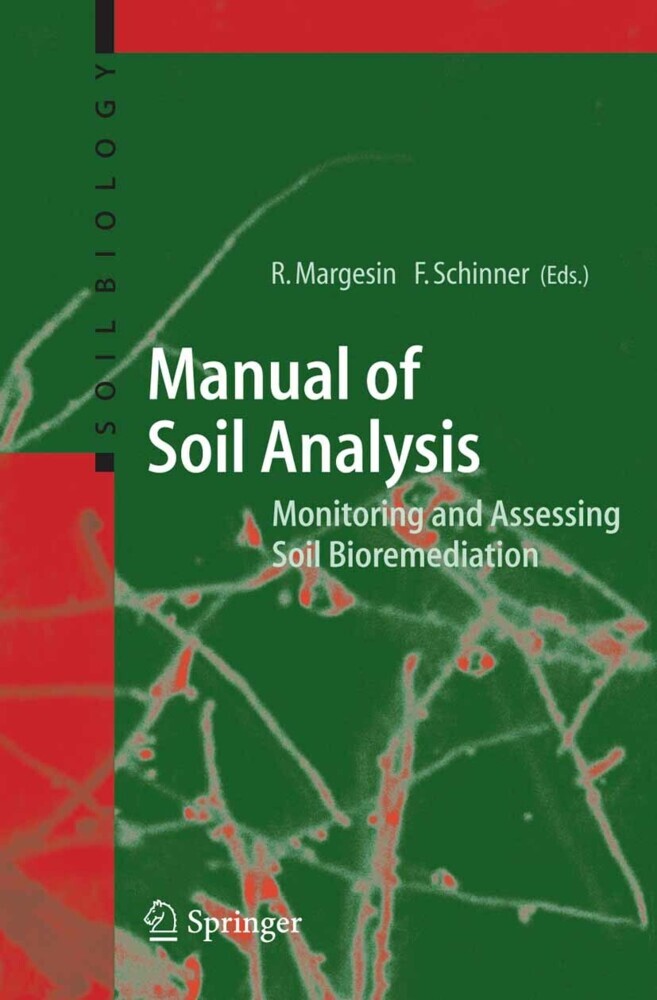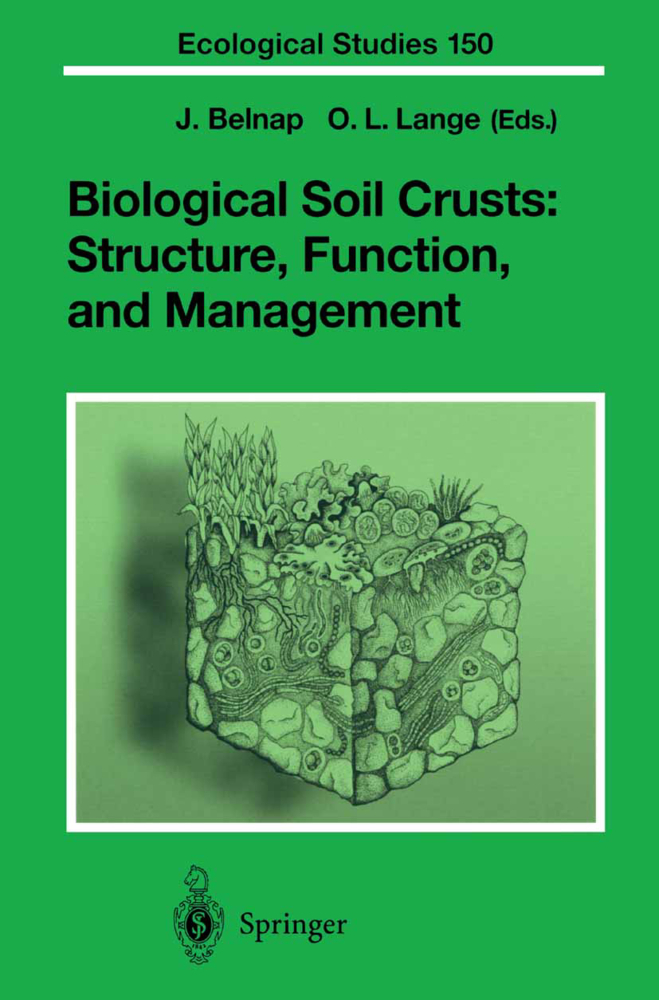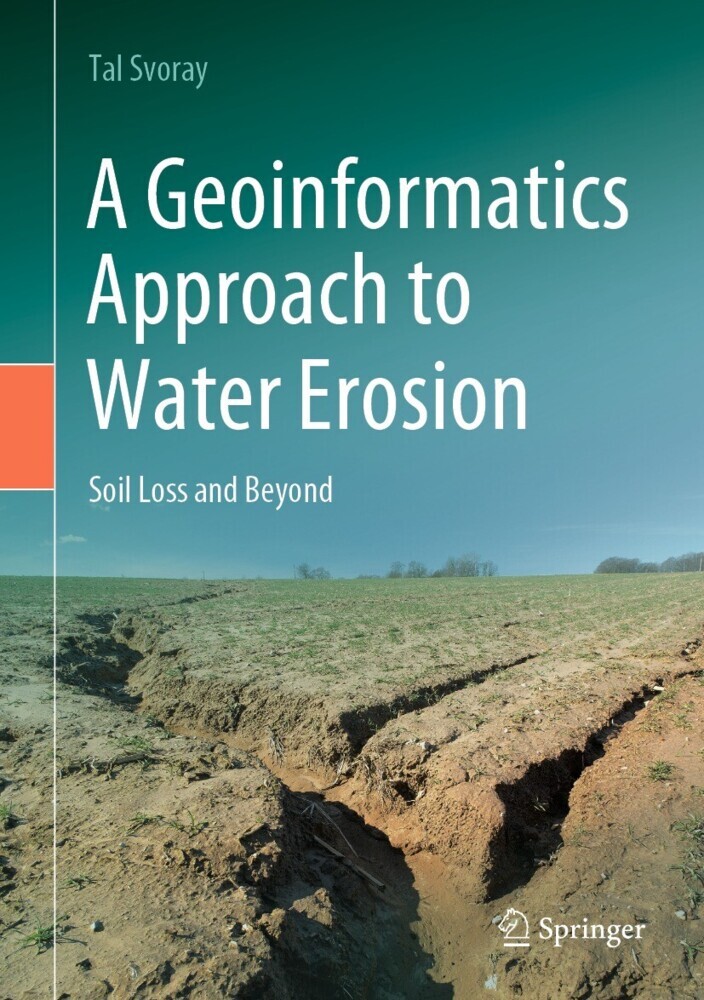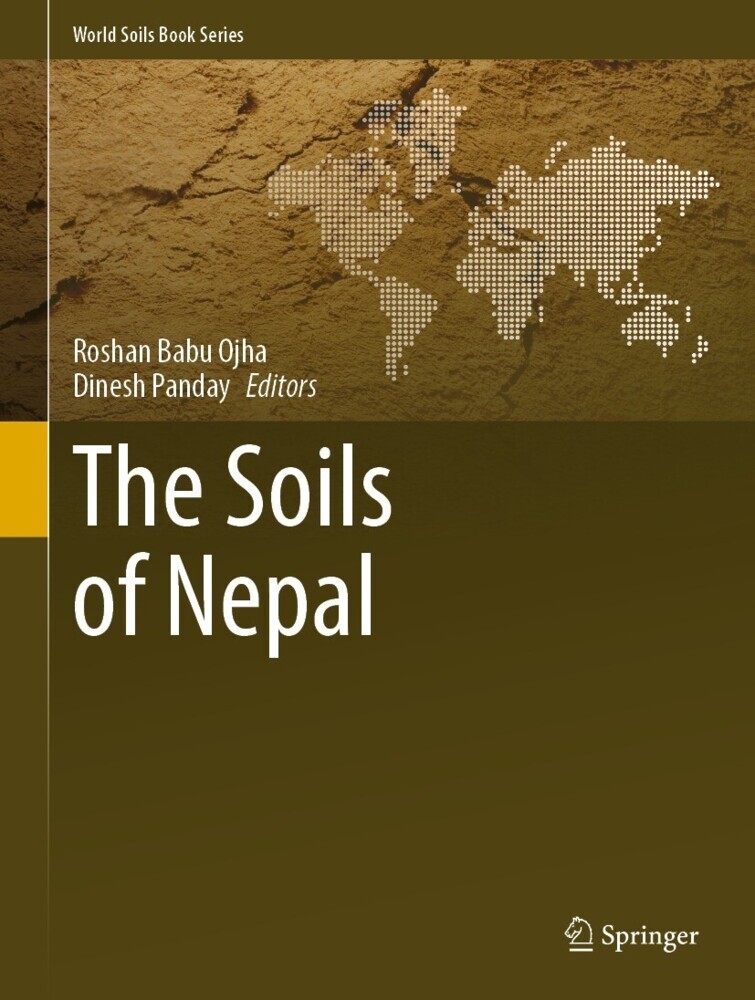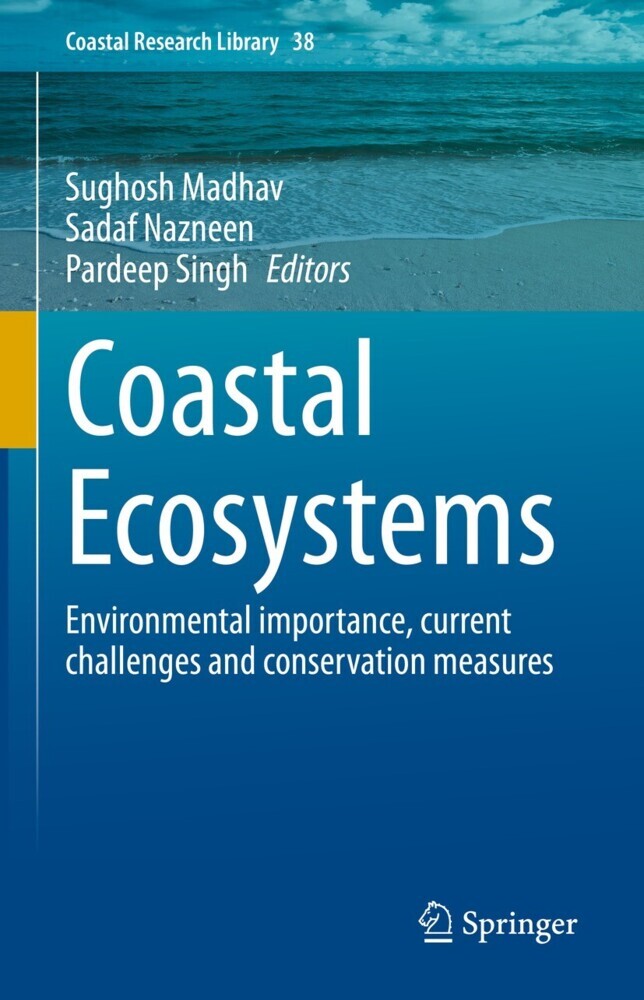Microorganisms in Soils: Roles in Genesis and Functions
Roles in Genesis and Functions
Soils would not exist without the complex and heterogeneous activities of microorganisms. For the third volume of Soil Biology, an international board of renowned scientists shed light on the significant role of these organisms. The following key topics are covered: Microorganisms in bioerosion, humification, mineralization and soil aggregation; Microbial energetics and microbes in biogeochemical processes such as carbon and nitrogen cycles and phosphorus bio-availability; Interactions in the mycorrhizosphere, e.g. between mycorrhizal fungi and bacteria; Impact of microbes on plant nutrient cycling and the possible effects of transgenic rhizospheres on soil fungi; Functions of microbes in specific soil compartments such as soil surface or toxic metal polluted soils; Regulation of microbial activities in functional domains that are influenced by biotic or abiotic factors; Use of marker genes and isotopes as examples for modern techniques in soil microbiology.
1;Preface;5 2;Contents;8 3;Contributors;17 4;Part I Introduction;22 4.1;What Are Soils?;23 4.1.1;1 Introduction;23 4.1.2;2 Soil Genesis;24 4.1.3;3 Biogeochemical Processes in Soils;28 4.1.4;4 Biotic Interactions Involving Soil Microorganisms;31 4.1.5;5 Integrative Considerations on Functions of Microorganisms in Specific Soil Compartments;33 4.1.6;6 Conclusion or Back to Biodiversity of Soil Microbes;35 4.1.7;References;36 4.2;Microbial Diversity in Soils;38 4.2.1;1 Introduction;38 4.2.2;2 Origin of Microbial Diversity;39 4.2.3;3 Types of Soil Microorganisms;41 4.2.4;4 Microbial Diversity and Biological Spheres;52 4.2.5;5 Microbial Diversity and Chemical Transformation;56 4.2.6;6 Microbial Diversity and Biotic Interactions;61 4.2.7;7 Conclusion;66 4.2.8;References;68 5;Part II Microorganisms and Soil Genesis;75 5.1;Role of Microorganisms inWear Down of Rocks and Minerals;76 5.1.1;1 RockWeathering or RockWear Down?;76 5.1.2;2 Carbon Dioxide and RockWear Down;80 5.1.3;3 Balance of Carbon Dioxide Sources and Sinks;85 5.1.4;4 RockWear Down as a Potential Carbon Dioxide Sink;87 5.1.5;5 The Fractal Dimension of Biological RockWear Down;88 5.1.6;6 Calcium Carbonate and SilicateWear Down, Dissolution and PrecipitationWith Special Reference to Biological Rock Degradation;91 5.1.7;7 Conclusions;96 5.1.8;References;97 5.2;Humification and Mineralization in Soils;102 5.2.1;1 Definitions and Introduction;102 5.2.2;2 Soil Organic Matter Resources;103 5.2.3;3 Mineralization and Humification Pathways;108 5.2.4;4 Conclusions;119 5.2.5;References;121 5.3;Importance of Microorganisms for Soil Aggregation;124 5.3.1;1 Introduction;124 5.3.2;2 Evidence of the Role of Soil Microorganisms;125 5.3.3;3 Microbial Metabolites Responsible for Soil Aggregation;127 5.3.4;4 Manipulation of Microbially Mediated Processes to Improve Soil Aggregation;130 5.3.5;5 Conclusion;132 5.3.6;References;132 6;Part III Microorganisms and Biogeochemical Processes in Soils;137 6.1;Microbial Energetics in Soils;138 6.1.1;1 Introduction;138 6.1.2;2 Soil, Energy and Microorganisms;139 6.1.3;3 Microbial Communities;142 6.1.4;4 Microbial Metabolism in Soil;144 6.1.5;5 Holistic Approaches to Evaluate Energetic Strategies of Soil Microbial Communities;148 6.1.6;6 Conclusions;151 6.1.7;References;151 6.2;Role of Microorganisms in Carbon Cycling in Soils;154 6.2.1;1 Introduction;154 6.2.2;2 Carbon Sources;155 6.2.3;3 Spatial Distribution and Protection of Carbon Sources;157 6.2.4;4 Spatial Distribution of Soil Microorganisms and Their Activities;158 6.2.5;5 Microorganisms and Enzymes Involved in C Cycling;162 6.2.6;6 Dynamics of Organic Matter Decomposition in Agroecosystems;163 6.2.7;7 Soil Organic Matter, Below-Ground Processes and Climate Change;166 6.2.8;References;168 6.3;Contribution of Bacteria to Initial Input and Cycling of Nitrogen in Soils;173 6.3.1;1 Introduction;173 6.3.2;2 Nitrogen Transformations in the Soil;174 6.3.3;3 Bacteria Involved in the Nitrogen Cycle;176 6.3.4;4 Nitrogen Fluxes;181 6.3.5;References;186 6.4;Influence of Microorganisms on Phosphorus Bioavailability in Soils;191 6.4.1;1 Introduction;191 6.4.2;2 Microbial Effects on Rhizodeposition;191 6.4.3;3 Mechanisms of Microbial Influence on Phosphorus Availability;193 6.4.4;4 Interactions Between Microorganisms and Higher Plants from Competition to Symbiosis;198 6.4.5;5 Phosphorus-Mobilizing Microorganisms as Biofertilizers;198 6.4.6;6 Conclusions;201 6.4.7;References;202 7;Part IV Biotic Interactions Involving Soil Microorganisms;206 7.1;Interactions Between Mycorrhizal Fungi and Bacteria to Improve Plant Nutrient Cycling and Soil Structure;207 7.1.1;1 Introduction;207 7.1.2;2 Beneficial Bacteria and Fungi in Agro- and Natural Ecosystems;208 7.1.3;3 Interactions Between Mycorrhizal Fungi and Symbiotic N2- Fixing Rhizobial Bacteria;209 7.1.4;4 Interactions Between Mycorrhizal Fungi and Phosphate- Solubilizing Bacteria;213 7.1.5;5 Interactions Between Mycorrhizal Fungi and Phytostimulators Azospirillum Bacte
| ISBN | 9783540266099 |
|---|---|
| Artikelnummer | 9783540266099 |
| Medientyp | E-Book - PDF |
| Copyrightjahr | 2007 |
| Verlag | Springer-Verlag |
| Umfang | 422 Seiten |
| Sprache | Englisch |
| Kopierschutz | Digitales Wasserzeichen |

